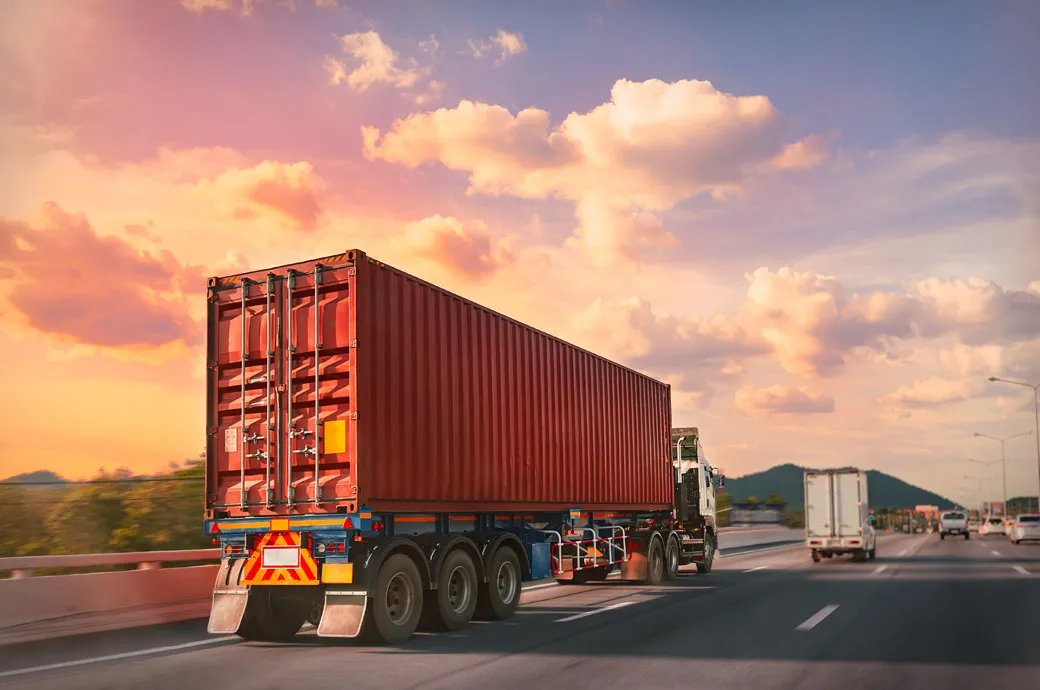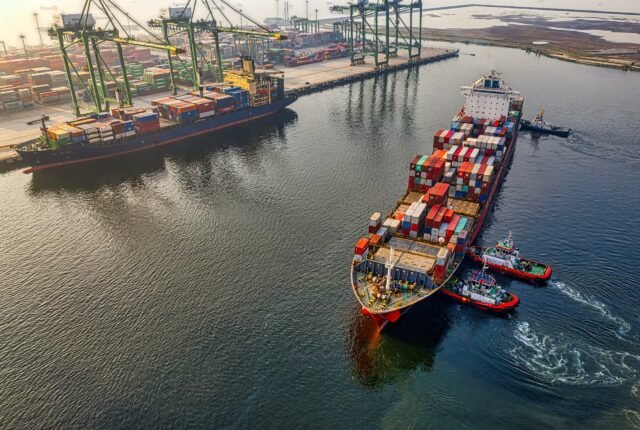
Strengthening Road Freight Networks for Future Success
In our interconnected world, the efficiency and reliability of the road freight network are more critical than ever. With the ever-growing demand for goods and services, ensuring that this network is robust and resilient is not just beneficial—it’s essential.
But how do we achieve this? Through strategic planning, technological innovation, and a commitment to sustainability, we can pave the way for a future where our road freight network is not only efficient but also adaptable to the challenges ahead.
The Importance of a Robust Road Freight Network
Imagine our road freight network as the arteries of a giant organism, with goods and services as the lifeblood flowing through. When this network operates smoothly, it supports economic growth, facilitates trade, and ensures that consumers have access to a wide range of products. However, any disruption can have a ripple effect, causing delays, financial losses, and reduced access to necessities.
Challenges Facing Road Freight Networks
From unpredictable weather conditions to the ever-present threat of traffic congestion and infrastructure wear and tear, the road freight network faces numerous challenges. Add to this the looming uncertainties of global trade tensions and the need for environmental sustainability, and the task of maintaining and improving these networks becomes even more daunting.
Strategies for Building Resilience
Building resilience into our road freight network requires a multifaceted approach. This includes investing in infrastructure, embracing technological innovations, and fostering strong partnerships between the public and private sectors. By anticipating potential disruptions and planning for them, we can create a network that not only survives but thrives in the face of adversity.
Technological Innovations and Their Impact
From GPS tracking to automated vehicles, technology is transforming the road freight industry. These innovations offer the promise of greater efficiency, reduced environmental impact, and improved safety for workers. By harnessing these technologies, we can build a road freights network that is not only more resilient but also more adaptable to the needs of tomorrow.
The Role of Government and Policy
Government policies play a crucial role in shaping the road freights network. From regulations that ensure safety and environmental standards to investments in infrastructure and research, the actions of policymakers can significantly impact the resilience of this network. Collaboration between the government and the private sector is essential to drive forward innovations and improvements.
Investing in Infrastructure
A robust road freights network is built on strong foundations—literally. Investing in high-quality roads, bridges, and tunnels is essential to ensure that goods can move smoothly and efficiently. This not only involves building new infrastructure but also maintaining and upgrading existing routes to meet the demands of modern freight transport.
Training and Development for the Workforce
The human element of the road freights network is as important as the physical infrastructure. Training and developing a skilled workforce, capable of navigating the complexities of modern freight transport, is essential for building resilience. This includes not just drivers, but also logistics managers, planners, and engineers.
Sustainability and Environmental Considerations
Building a resilient road freights network is not just about efficiency and reliability; it’s also about sustainability. Reducing the environmental impact of freight transport, through cleaner fuels, more efficient vehicles, and smarter logistics, is critical for the long-term viability of this network.
Preparing for the Future
As we look to the future, the road freight network will continue to face new challenges and opportunities. By staying adaptable, investing in innovation, and prioritizing sustainability, we can ensure that this critical system remains strong and resilient for years to come.
Building a robust road freight network is a journey, not a destination. It requires ongoing effort, strategic planning, and a commitment to innovation. By understanding the challenges and opportunities ahead, we can pave the way for a road freight network that not only meets the needs of today but is also prepared for the uncertainties of tomorrow.
FAQs
Why is the road freight network important?
The road freight network is crucial for the transportation of goods and services, supporting economic growth and ensuring consumers have access to products.
What are the main challenges facing road freight networks?
Challenges include infrastructure wear and tear, traffic congestion, environmental sustainability, and global trade tensions.
How can technology improve the road freight network?
Technological innovations like GPS tracking and automated vehicles can enhance efficiency, safety, and reduce the environmental impact of freight transport.






